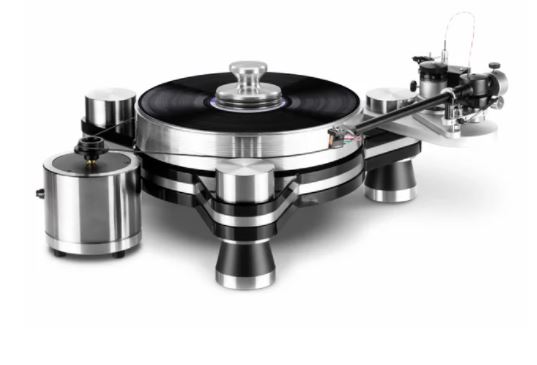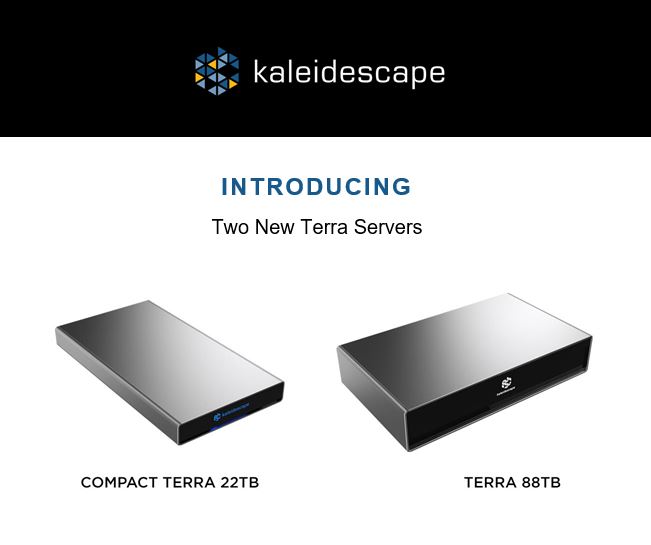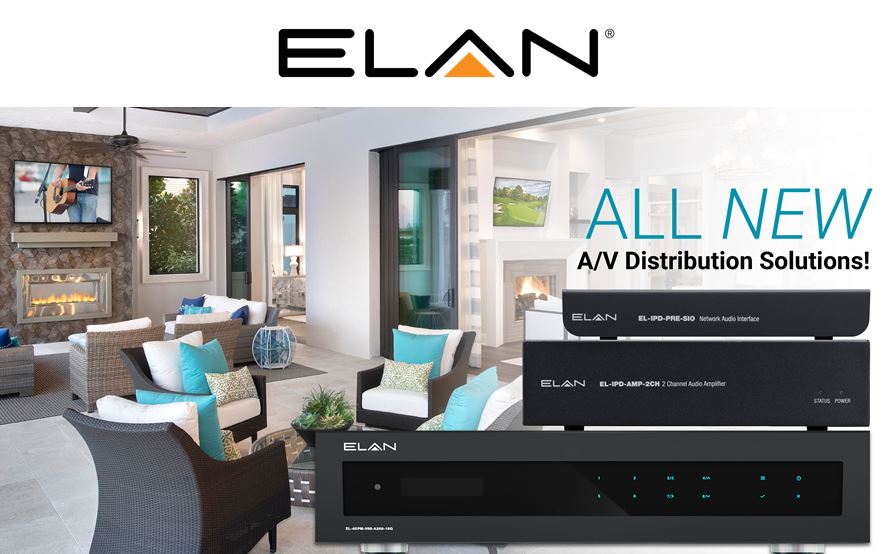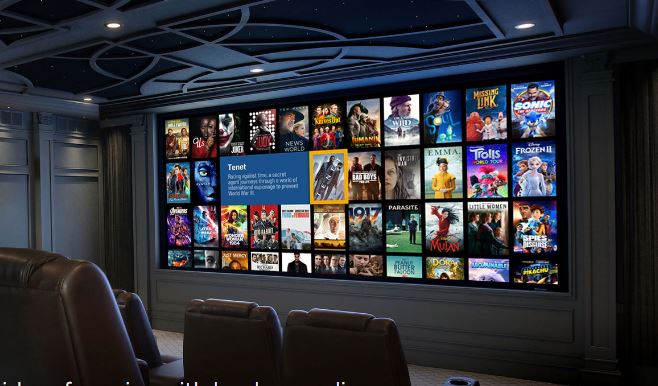
Turntables in a nutshell
Looking to spin vinyl? Here is a primer on record player parts.
Did you know vinyl records out-sold CDs in 2020? If you’re going to use physical media to play music, it makes sense to re-visit the medium that audiophiles love to talk about. In a proper audio system vinyl records sound absolutely phenomenal. There is simply no compressed music stream that even comes close. It’s also arguable that purchasing vinyl will improve your taste in music. More on that later. Before you rush out and buy a new turntable it’s a good idea to get a refresher on what to look for. The following is a quick primer on turntable parts and is not to be a substitute for a complete discussion with your favorite Hi-Fi retailer.
Needle: Elliptical or Conical
Needle or Stylus, Cartridge, whatever you call it, it’s what makes contact with the record groove. Basically, the more narrow the contact radius, the better the stylus will be able to track the modulations in the record groove. Conical is very common and is the safe choice. Elliptical will extract more nuance from your music, especially at high frequencies, but if your tracking force is too hard it can potentially damage the record over time. There are also specific needles just for mono recordings.

Prices start at $10 for complete garbage needle. You can get a decent needle for a couple hundred. Don’t be confused though. The needle is just the part that comes in contact with the record. You will need to pair it with a cartridge.
Cartridge: MM or MC
The cartridge, also called the pickup, attaches to the headshell of the tonearm and generates the electrical impulses.

If you’re not an audiophile but just like spinning records go with MM aka Moving Magnet. It is louder, smoother, more forgiving and a whole lot less expensive. MC or Moving Coil cartridges are low output devices that dominate the high-end market due to their lower tip mass. This low tip mass picks up way more detail from the record grooves ultimately allowing for increased speed, dynamics and detail retrieval. The increased performance of a MC stylus comes at the cost of 10x lower electrical output which is typically around 0.5mV. Having that low of an output voltage means you will be needing quite a bit of amplification just to play music at a decent volume. MC cartridges are more expensive to manufacture. They sell fewer of them which also drives up the price. And, you will need very high quality pre-amps to bring the input voltage to that of a moving magnet cartridge. MC is the only choice for true audiophiles.
At the high end of the spectrum is the Clearaudio Goldfinger. This flagship phono cartridge retails for $17.5K USD. What do you get for that much money? Well, you get to be part of a new era in Hi-Fi analog music reproduction. It features twelve magnets arranged in their patented ring configuration. The generator coils are wound using pure 24-karat gold wire. These features collectively generate an intense magnetic field that result in:
• Significantly reduced moving mass
• Greater sound performance
• Increased dynamic range
• Ultra-high resolution of even the finest details
Additionally, the body is machined from 14-karat gold to provide excellent damping against resonance.
Tone Arm: Stiff or Dampened

A tone arm is just a glorified stick that holds the cartridge, right? Well, not really… There are a few reasons tonearms range from a few hundred to several thousand dollars. A tonearm is a delicately balanced (pardon the pun) assemblage of materials that can provide both extreme stiffness yet also provide an appropriate amount of vibration dampening. Stiffness and dampening are opposites in this respect so you can see how achieving this can be difficult. Look for tonearms that are a mixture of metals or materials, aluminum and carbon fiber for example as they tend to have lower mass. Also look for tonearms that have advanced bearing assemblies. You do not want your tonearm to have any resonating frequencies. You also want a minimum number of mechanical joints. The tone arm should be easy to balance. It should have the ability to apply tracking pressure and have an anti-skating or bias adjustment. A good tonearm can help prevent popping. Most high-end turntables will allow you to change out the tonearm allowing you to build a reference quality system over time as your auditory discernment advances.
Drive System: Belt or Direct
The drive system is what actually turns the platter. As you can imagine, you want extremely smooth consistent spinning. Any speed variation would warble the sound, something called “wow & flutter”. An the same time however you don’t want any vibration transferred from the motor to the platter. The two most common drive systems are belt and direct. The third type of drive system, idler drive, is very uncommon these days. We go into detail below.

Belt Drive
The easiest way to minimize vibration on the platter is with an elastic belt connected to a motor that is not directly connected to the plinth. In a belt drive system, an silicone-compound or special-polymer, elasticated belt connects either the outer edge of the platter, an inner rim on its underside, or a smaller sub platter with an electric motor. Because belt drive systems have inherently less torque than other options it is important the platter have more mass to achieve consistent speed. Remember, if you go with belt drive, look for a heavy platter. The obvious downside to a belt drive system is low initial torque and the fact that belts wear out with time, even if the turntable isn’t used.
Direct Drive
Direct drive turntables mechanically link the motor to the platter. Obvious benefits are incredible initial torque. Speed regulation is also achieved by sophisticated, real-time monitoring. Platter speed reduction caused by stylus drag can be compensated for on-the-fly. There are high-end systems such as those by VSI and others that build a magnet on the underside of the platter. The platter sits atop the coils of the motor, effectively having the platter form part of the motor itself. These systems drastically reduce the transfer of mechanical noise but they are considerably more expensive.
Idler Drive
Similar to a belt drive turntable, the platter of an idler drive turntable is driven either via its outer edge, an inner rim on its underside or via a sub platter on which it sits by a rubber idler wheel, squeezed in between the drive surface and the motor pulley.
Whichever drive system you choose, look for a speed accuracy under 1%. The world’s greatest turntables are accurate to a tenth of 1%.
Platter: Metal or Acrylic
The platter is what the record sits atop. Better platters often have a shallow divot routed out where the record label is positioned.

What you want is a low-resonance platter. Metal is fine but it absolutely can’t be magnetic. Cheaper turntables often use milled aluminum. A platter needs to be perfectly machined and balanced to minimize wow & flutter. I’m partial to acrylic myself as it improves acoustics and speed consistency. Bonus: If you go with an acrylic platter such as the ones by Pro-Ject, then you don’t need a rubber or cork platter mat.
Plinth: Heavy or Light
The plinth is the base upon which the whole mechanism sits. Different manufacturers have different philosophies here. Rega for example goes with small and light. VPI has a model that weighs 60lbs. The theory goes that heavier units will prevent extraneous vibrations from passing on to the record. In practice, a heavy cabinet or table would do the same thing. Therefore, consider how often you may move the turntable and how heavy your furniture is where you will be placing it.

Pre-Amp: Built-in or External
Your turntable must have a pre-amp in it to provide proper line-out signal. Not only do you need to boost the line voltage up from what the needle produces by itself but you also need to apply a “tone curve”. A tone curve is a frequency adjustment specified by the RIAA that deconstructs the intentional skew of the signals originally pressed into vinyl records. That means you need a pre-amp with input channels specifically equipped to put the signals back to normal. The question is do you purchase a dedicated external pre-amp, use the one built in the turn table (if it’s even an option) or do you use the pre-amp built into many consumer AV receivers.

This is a fairly straightforward decision. For cost conscious listeners a turntable with a built-in pre-amp is going to be a better option than using a pre-amp built into a consumer grade AV receiver. A dedicated external pre-amplifier however will provide better sound quality than the aforementioned options. What you’ll want to look for is an extremely low THD or Total Harmonic Distortion. 0.02% is considered great. Some other nice features are an external power supply and an adjustment for varying the impedance.
Do your records pop? – Haas Entertainment
Good Health: Yes or No
If you truly want to achieve the best sound from your turntable, consider your health habits. Consuming food low in refined carbohydrates and saturated animal fat will improve your hearing. Simply put, your body’s blood supply is what brings nourishment to your ears. Fatty foods will reduce the transport of blood to your body parts, including ears. In short, eat more nuts, seeds, grains, fruits and vegetables on a regular basis. Look for foods rich in omega-3 fatty acids. These acids protect your heart which translates to better hearing. Cut your salt intake. Salt causes fluid retention everywhere including inside your ears. Reducing salt intake can improve your hearing.

Quit smoking. Smokers have 50% more chances of experiencing hearing loss than those who don’t smoke. The more cigarettes you smoke per day, the more problems you can have with hearing. Smoking leads to vascular insufficiency and high cholesterol which in turn contribute to hearing loss.
Summary
Turntables are a highly specialized category of audio equipment. The topic is so vast it can take a lifetime to truly understand everything. The good thing is that even a beginner can get enjoyment from spinning vinyl. Don’t be afraid to jump in and learn more everyday. If you have questions or comments, we’d love to hear them.





Leave a Comment